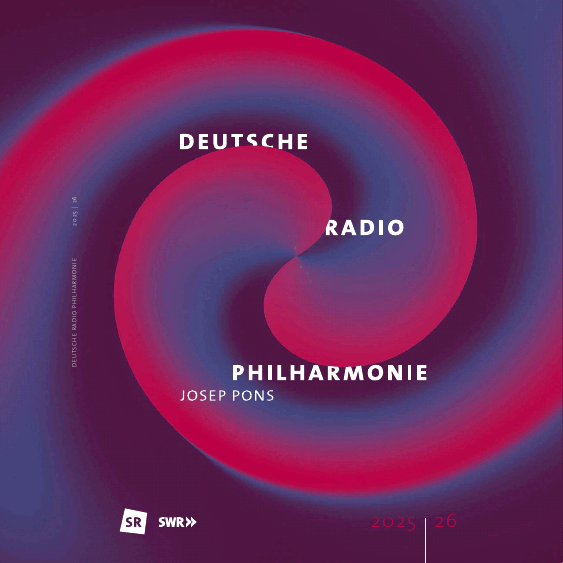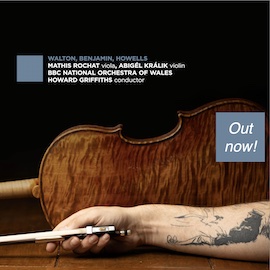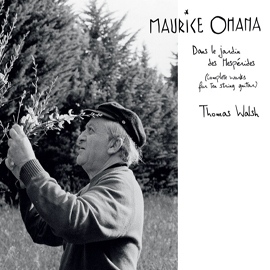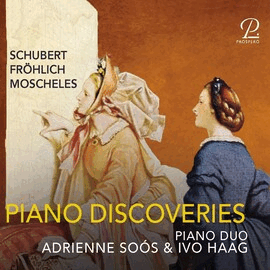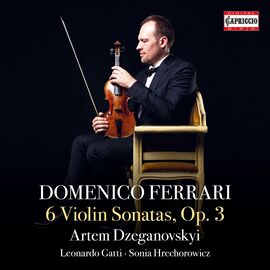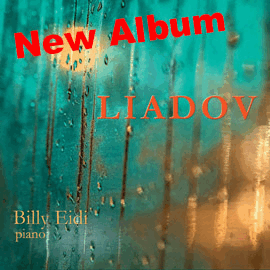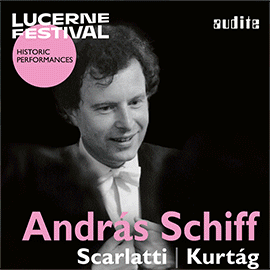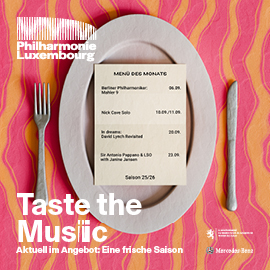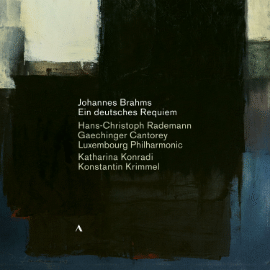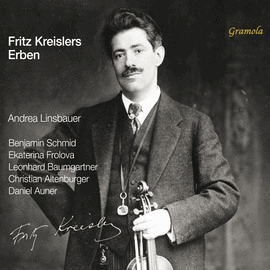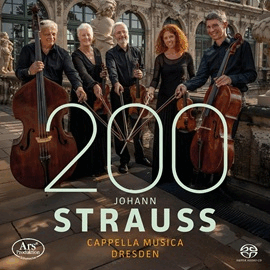Domenico Ferrari war Schüler von Tartini und in der zweiten Hälfte des 18. Jahrhunderts in ganz Europa als Geigenvirtuose bekannt. In Piacenza geboren, kam er über Wien und Stuttgart nach Paris, wo er blieb. Sein Stil war leichter als der seines Lehrers und dem von Nardini.
In Paris veröffentlichte Ferrari sechs Sonatensätze für Violine mit Generalbass, darunter die sechs Werke Opus III aus dem Jahr 1760. Die Basslinie und die binäre Form der schnellen Sätze sind typisch barocke Merkmale. Klassische Elemente bei Form, Melodie und Harmonie zeigen den stilistischen Übergang an. Der galante Stil ist französisch geprägt. Deshalb hat er, anders als es in Italien üblich gewesen wäre, die gewünschten Verzierungen oft vorgegeben.
Die Interpreten führen diese Sammlung mit geradlinigem Spiel, wie es die klare Gestaltung der Stücke vorgibt, aus. Der Geiger Artem Dzeganovskyi zeigt in seiner Darstellung durchaus auch die virtuose Seite der Musik, widmet sich aber zuvörderst der wohlklingenden Seite der Interpretation. Dabei nutzt er die angezeigten Verzierungen dafür, die Stücke mit der geeigneten Farbigkeit zu kolorieren. Leonardo Gatti am Barockcello und am Cembalo Sonia Hrechorowicz nehmen den Basso continuo Part mit der erforderlichen Akkuratesse und auch Energie auf, um das Fundament beredt anzugehen und nicht nur als tieftönende Beigabe.
Domenico Ferrari was a pupil of Tartini and was known throughout Europe as a violin virtuoso in the second half of the 18th century. Born in Piacenza, he came to Paris via Vienna and Stuttgart, where he remained. His style was lighter than that of his teacher and Nardini.
In Paris, Ferrari published six sonata movements for violin with basso continuo, including the six works Opus III from 1760. The bass line and the binary form of the fast movements are typical Baroque features. Classical elements in form, melody and harmony indicate the stylistic transition. The gallant style is French in character. Therefore, unlike in Italy, it often specified the desired ornamentation.
The interpreters perform this collection with straightforward playing, as dictated by the clear design of the pieces. The violinist Artem Dzeganovskyi also shows the virtuoso side of the music in his performance, but devotes himself first and foremost to the melodious side of the interpretation. He uses the indicated ornaments to give the pieces the appropriate coloration. Leonardo Gatti on the baroque cello and Sonia Hrechorowicz on the harpsichord take on the basso continuo part with the necessary accuracy and energy to eloquently tackle the foundation and not just as a low-toned addition.



